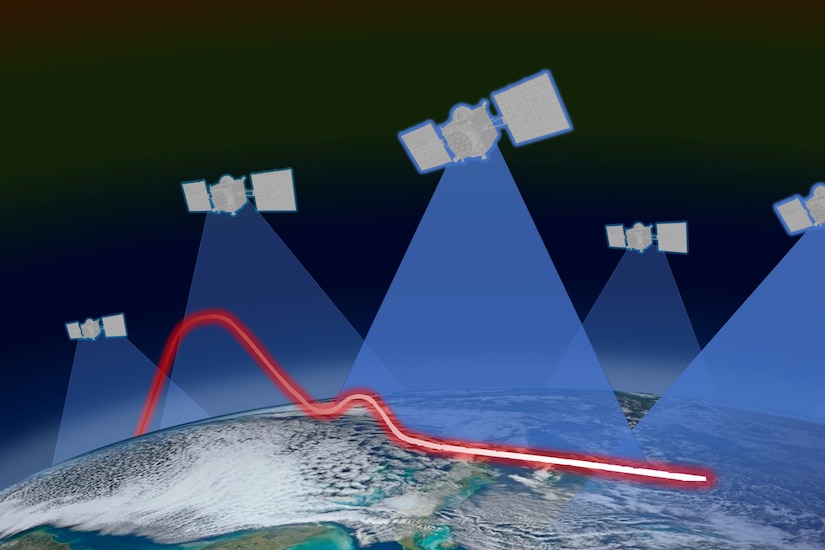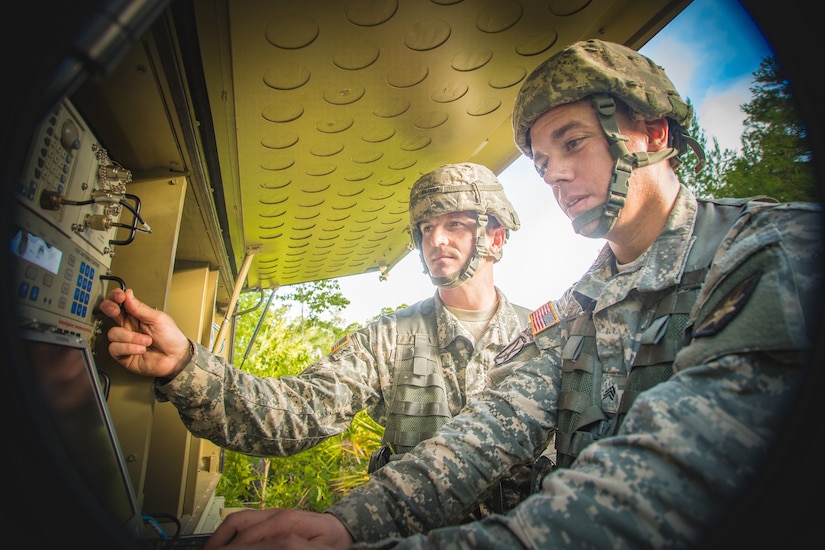May 7, 2021 | , DOD News
Cost, performance and delivery drive acquisition across the Defense Department, typically in equal measure. But the Space Development Agency has prioritized delivery above all else in its effort to get satellites into space that will deliver non-line-of-sight targeting to warfighters across the globe.

"The key thing is always to focus on getting these capabilities up and operational as rapidly as possible," said Derek M. Tournear, director of the Space Development Agency, during an online discussion today with the Space Force Association. "We will trade performance for schedule to make sure that we can maintain that."
Budget professionals, Tournear said, are concerned about cost. "They want to make sure that the cost is correct and under control."
And program managers are concerned about performance, he said. "They want to make sure that they can hit everything ... they want to get the last ounce of performance out of their program as possible."
But delivery, or schedule, is about getting an acquisition product to the end user on time.

"Who cares about schedule?" he asked. "The warfighter is the one that cares about schedule. No matter how good or how affordable a program or platform is, if it is not there when you need it, it's worthless ... we're always focused on schedule. We're going to get these capabilities up on time."
The Space Development Agency is working now on delivering the National Defense Space Architecture. That system includes hundreds of satellites, delivered in "tranches" every two years, with each tranche providing more capability than the last.
The NDSA's network of hundreds of optically-connected satellites will deliver two primary capabilities to warfighters on the ground, Tournear said.

First is beyond line-of-sight targeting for ground and maritime time-sensitive targets, which includes mobile missiles and ships, for instance. The system will provide the ability to detect those targets, track them, calculate a fire control solution and then deliver that solution down to a weapons platform so that the target can be destroyed.
"I want to do all of that in space, and I want to be able to close that chain in single-digit seconds — that's what we're focused on," Tournear said.
The second capability is the same as the first, but for enemy missiles already in flight, he said.
"Everything we do ties back to being able to do these main mission areas," Tournear said.

This year, Tournear said, the SDA, in partnership with the Defense Advanced Research Projects Agency, the Air Force Research Laboratory and the Missile Defense Agency, will launch about five satellites in support of the NDSA that will demonstrate the capability of the future system.
The Tranche 0 set of satellites, about 28 in all, will go up in 2022 and 2023 — it'll give warfighters a taste of what's to come, he said.
"The whole point of Tranche 0 is to demonstrate a capability so that the warfighter can start to use that in their tactics, techniques and procedures," he said.
After that, expect to see a lot of launches as part of Tranche 1 — which will put as many as 150 satellites into the sky beginning in September 2024.

"That's when we can actually start to affect a fight," he said. "We want the warfighter to already have been using our Tranche 0 satellites in their exercises, so they're ready when [Tranche 1 satellites] come online in 2024."
Tournear said right now SDA is locked in on all the important details to get Tranche 0 satellites into the sky.
"SDA is not messing around," he said. "We have all of our contractors on contract for Tranche 0 on firm-fixed-price contracts to push forward to deliver. September 2022 is when we're going to be launching these capabilities. We delivered the first two satellites. We delivered them to the launch vehicle nine months after we received funds. We're all about speed."







No comments:
Post a Comment